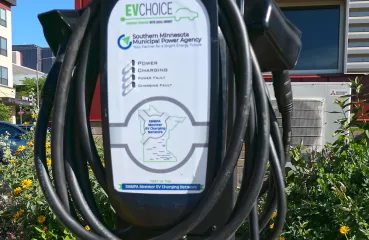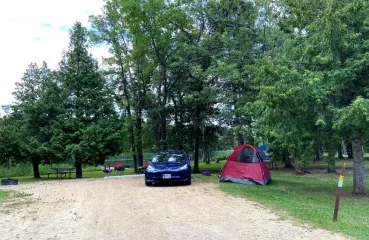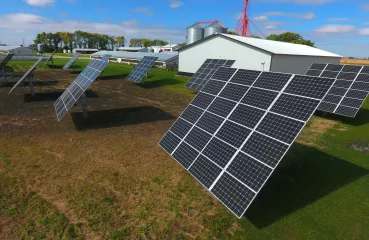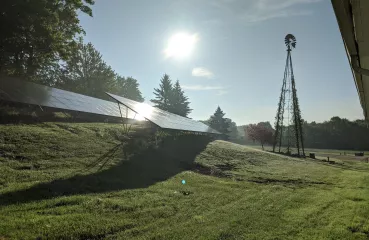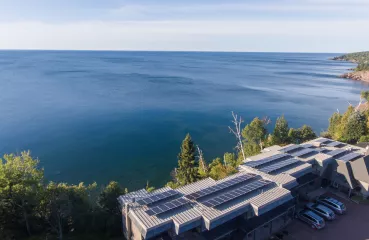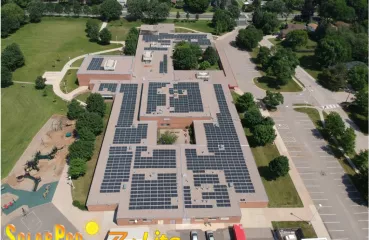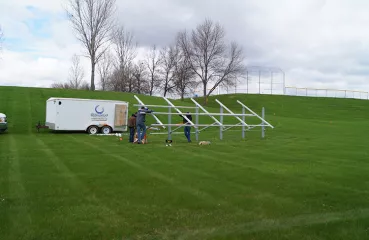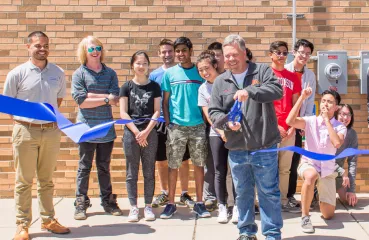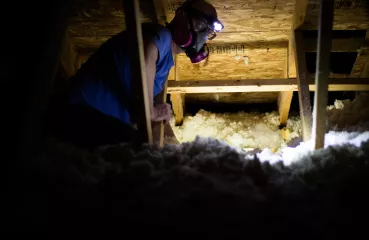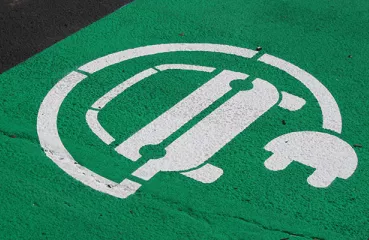Quick heating tips
In the winter, set your thermostat at 68°F during the day and lower it at night and when you are away. Open window curtains or shades during the day to let the sun help warm your home, and close them at night. Also remember to close windows and doors when running the furnace and make sure your air registers are clear of furniture or other obstructions so that air can circulate. You can also seal your home from cold winter drafts with plastic film on the windows and draft snakes, sweeps, and weatherstripping for doors.
If you can, avoid using electric space heaters. They are an expensive way to heat your home, and some are a fire hazard. If it’s difficult to heat your home to 68°F without one, it’s a good sign that improvements are needed to your heating system or insulation.
Maintain your heating system
Heating and cooling account for a little more than half of the energy used in a typical Minnesota home, the largest energy expense for most homes. Your heating and cooling systems should be inspected annually and maintained. Consider replacing your furnace or boiler if it’s nearing the end of its expected life (15-20 years for furnaces, 20-30 for boilers), it requires expensive repairs, or it is inefficient.
Steps you can take for even more savings in your home (or discuss with your landlord if you rent)
- Get an energy assessment to see if you need more insulation (more on that to come)
- Install a programmable or smart thermostat
- Replace furnace filters every month
- Install ENERGY STAR heating and cooling equipment and appliances
- Install water-efficient faucet aerators and showerheads to reduce hot water use (look for the WaterSense label)
- Turn down the thermostat on your water heater to 120°F to reduce energy use and prevent burns
Energy-saving tips for any season
- Replace old-style incandescent bulbs with LEDs and turn off lights when you are not in the room or when you can use natural lighting.
- Cook with your microwave or crockpot.
- Wash your clothes with cold water and clean the lint trap in the dryer before every load.
- Unplug electronics when not in use or use a smart power strip to do it for you.

